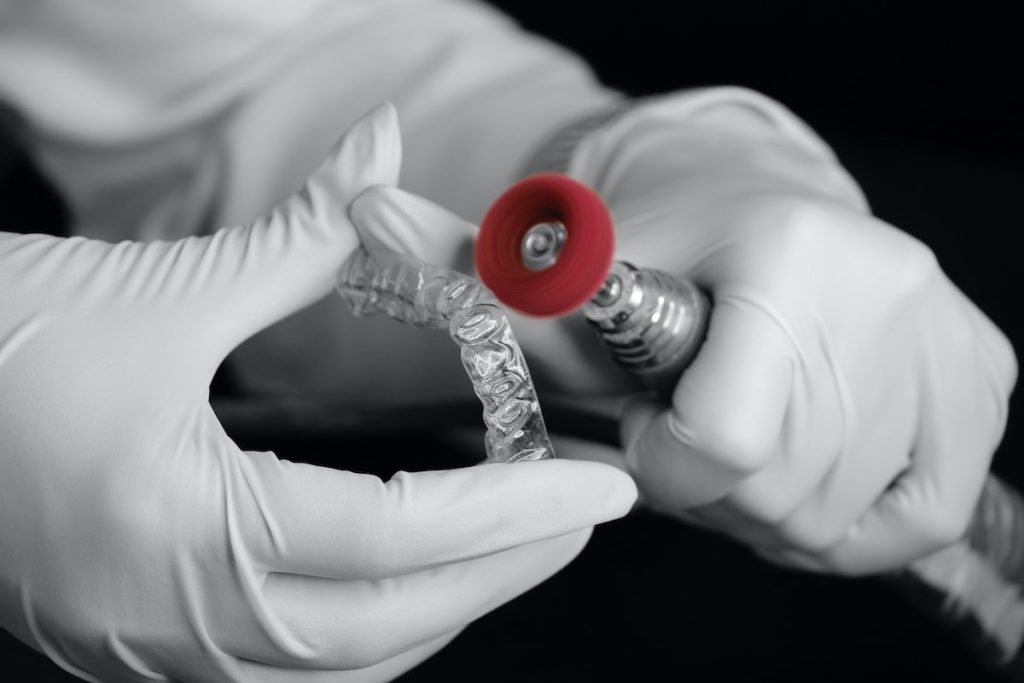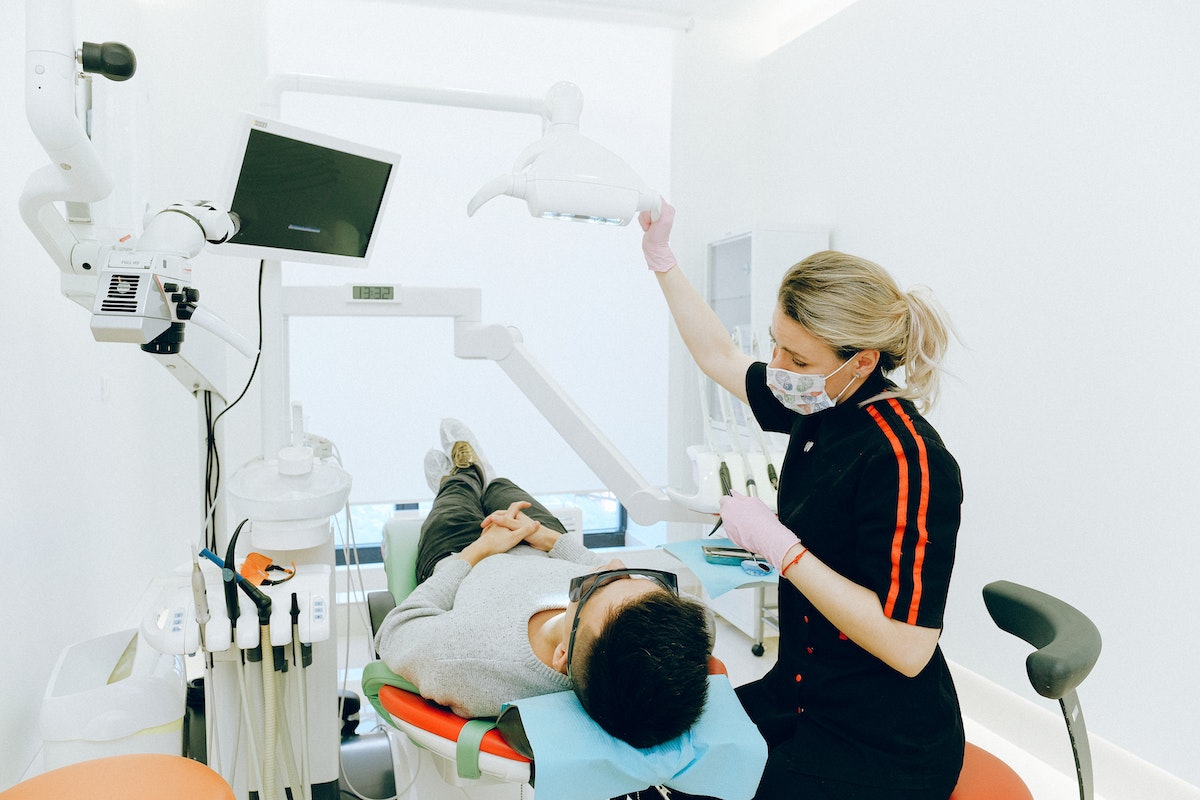If you’re considering straightening your teeth, you may have heard about clear aligners as an alternative to traditional metal braces. But are clear aligners like Invisalign London really going to replace braces? This blog post takes a closer look at both options to help you decide which is the best choice for you.
What are Clear Aligners?
Clear aligners are a type of orthodontic treatment that uses a series of custom-made, transparent plastic tray-like devices to gradually move your teeth into the desired position. They are often made from a clear, thin plastic material, hence the name “clear aligners.” They are designed to be nearly invisible when they are worn, so they are a great choice for adults who want teeth straightening without the more noticeable look of traditional braces.
Clear aligners are typically worn for 20-22 hours per day and are removed only for eating, drinking, brushing, and flossing. Each aligner is worn for about two weeks before being replaced with the next one in the series, which will continue to gently move your teeth into the desired position.
What are Braces?
Braces are a type of orthodontic treatment that uses metal brackets and wires to straighten teeth. The brackets are bonded to the front of the teeth, and a wire is passed through them. The wire is then tightened, and the pressure applied to the teeth helps to move them into the desired position.
Braces are typically worn for about two years, though the length of treatment can vary depending on the severity of the misalignment. While traditional metal braces are the most common type, there are also ceramic braces, which use clear or tooth-coloured brackets, and lingual braces, which are attached to the back of the teeth and are less visible.
Pros of Clear Aligners
Nearly invisible: One of the biggest advantages of clear aligners is that they are nearly invisible when worn. This makes them a great choice for adults who want teeth straightening treatment without the more visible appearance of traditional braces.
Removable: Clear aligners are removable, which means you can take them out to eat, drink, brush, and floss. This can make it easier to maintain good oral hygiene, as you will be able to brush as normal.
Comfortable: Many people find clear aligners to be more comfortable than braces, as they generally do not cause mouth irritation.
Cons of Clear Aligners
Limited treatment options: Clear aligners are not suitable for all types of orthodontic problems. They are generally best for mild to moderate misalignment, and may not be effective for more severe cases.
Compliance: Clear aligners are only effective if worn as prescribed by your orthodontist. They need to be worn for at least 20-22 hours per day, so if you forget to wear them or take them out too often, treatment may be prolonged or even fail.
Cost: Clear aligners can be more expensive than braces, particularly if you require multiple sets of aligners throughout treatment.
In short
Both clear aligners and braces are effective options for straightening teeth and improving your smile. Clear aligners are nearly invisible and more comfortable to wear, but may not be suitable for more severe cases of misalignment and can be more expensive. On the other hand, braces are effective for a wider range of orthodontic issues and tend to be more affordable, but are more easy to notice and may be less comfortable. Ultimately, the best choice for you will depend on your specific orthodontic needs, budget, and personal preferences. It’s important to consult with a qualified orthodontist to determine which option is the best fit for you.



